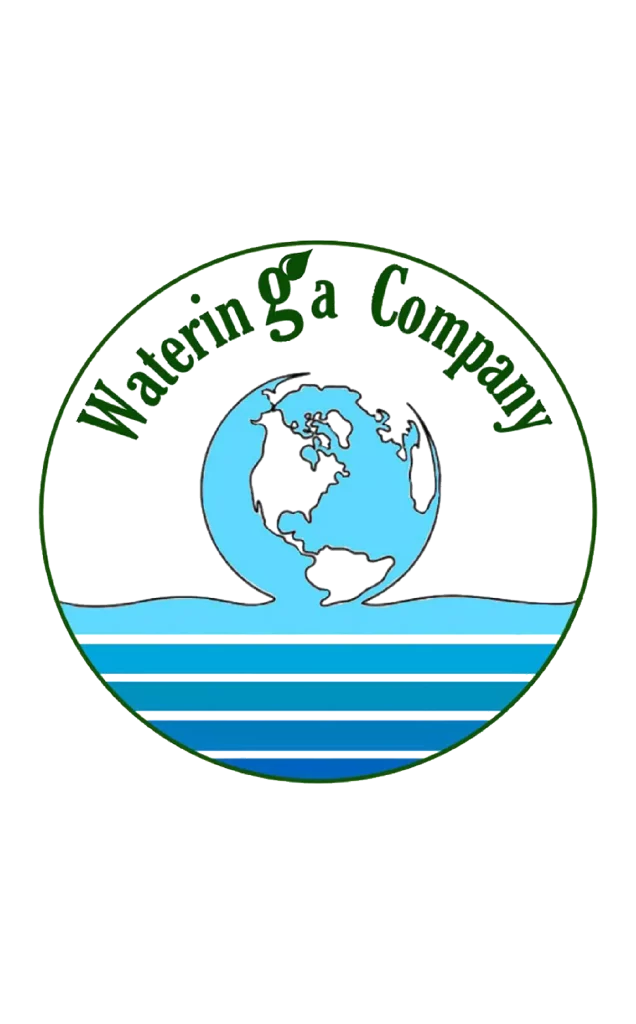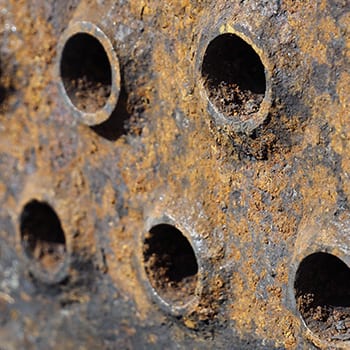Water descaling systems provide invaluable protection against scale formation and accumulation in pipes, heat exchangers, boilers, and other industrial equipment. However, to reliably prevent scale deposition and associated process disruptions, careful monitoring and control of descaling parameters is essential.
This article explores key considerations and technologies for successful monitoring and automation of industrial descaling systems.
Critical Descaling Parameters to Monitor
Several parameters require monitoring to optimize descaling performance, inform chemical dosing decisions, and prevent system issues. Core parameters include:
Scale-Forming Ions:
Monitoring calcium, magnesium, and silica ions provides critical data on scale potential to optimize chemical inhibitor dosing in descaling systems. Elevated concentrations of these cations raise the risk of carbonate or silicate scale deposition which can severely foul pipes and equipment.
Continuous measurement using industrial-grade ion-selective electrodes offers a reliable method for quantifying scale-forming in real-time. The sensors provide analogous voltage outputs proportional to the free ion concentrations. This enables automated data logging, trending, and chemical feed control responses to the measured levels. Since the scale risk evolves dynamically with fluctuations in water composition, frequent ion measurements are key for timely inhibitor adjustments before scale nucleation begins.
Advanced sensing electrodes with automatic temperature compensation help maintain measurement accuracy despite temperature variations. Regular sensor calibration and maintenance are crucial to sustain precision monitoring of scaling tendencies. Overall, direct ion measurement and control vastly improve intermittent lab testing and empower descaling systems with real-time adaptability to changing water quality for optimal scale prevention and control.
Corrosion Rates:
Corrosion meters are important for monitoring metal loss rates and preventing excessive inhibitor dosing which raises costs and environmental risks. Electrical resistance sensors work by applying a small current across two electrode probes and measuring the resulting potential drop. The electrical resistance increase over time correlates quantitatively to the metal thickness loss due to corrosion. Continuous measurements by online corrosion meters can detect accelerated attack indicating insufficient inhibitor residuals. This enables prompt automated increases in inhibitor dosing to maintain protective passivating films on pipe surfaces.
Similarly, declining corrosion rates suggest excessive inhibitors, triggering dosage decreases. This feedback process minimizes corrosion while optimizing chemical consumption. Industrial-grade corrosion meters must withstand high pressures and temperatures while providing stable electrical connections. Regular calibration and electrode cleaning sustains measurement accuracy.
Overall, real-time corrosion rate monitoring coupled with automated control of inhibitor injection provides major efficiency improvements over periodic manual corrosion coupon testing. It allows descaling systems to respond rapidly to changes in corrosivity and self-optimize chemical usage.
Inhibitor Levels:
Monitoring descaling chemical concentrations is critical to confirm adequate dosing while avoiding excessive overuse. Direct automated chemical measurement provides more immediate and reliable data than indirect methods like discharge flow pacing. Online analyzers that use volumetric, colorimetric, or potentiometric titration offer direct determination of scale inhibitor and corrosion inhibitor concentrations. Measurement can occur continually or on timed sampling cycles.
Automated titration with digitally tracked reagent additions generates accurate chemical-level data without manual analysis. The readings can automatically activate increased chemical feed if residuals drop below-desired thresholds or trigger reductions if levels get too high. Rugged industrial analyzers and probes withstand high pressures and temperatures while resisting fouling.
Regular calibration and maintenance ensure measurement reliability. Overall, direct automated inhibitor measurement and control enables descaling systems to sustain optimum chemistry, adapt to changing conditions, and minimize inhibitory overdosing. The capabilities exceed manual lab testing and provide optimized real-time chemical monitoring and control.
pH:
Careful pH monitoring and control is critical for descaling system effectiveness and equipment protection. Inhibitor chemistries work optimally within specific pH ranges. High or low pH can rapidly decompose inhibitors like phosphonates before they adsorb and passivate scale-prone surfaces. pH extremes can also damage equipment through corrosion. Industrial pH sensors allow continuous real-time measurement and control.
Rugged probes like gel-filled glass electrodes provide stable accurate pH readings. Temperature compensation corrects for sensor variations from heat. Automated acid and caustic dosing coupled with pH measurement enables tight pH regulation. Wider pH control ranges of 10-16 are possible with more advanced sensor materials and coatings.
Continuous data logging documents pH fluctuations and inhibits deviations outside acceptable bands. Alarms and interlocks prevent potentially hazardous dosing malfunctions. Regular calibration and cleaning maintain sensor accuracy.
Overall, responsive automated pH control is essential for descaling systems to maintain water chemistry, avoid inhibitor degradation, and prevent equipment damage from unchecked pH swings. It provides major improvements over intermittent manual testing.
Flowrates:
Monitoring influent and discharge flow rates is key for quantifying treated water volumes and ensuring proper chemical dosing. Variable flows can impair descaling if not accounted for in chemical additions. Common flow measurement options include rotameters, magnetic flowmeters, vortex shedding meters, and ultrasonic flowmeters.
Rotameters visually indicate flow rates through tapered tube designs. Magnetic flowmeters use field induction to deliver highly accurate flow data unaffected by fluid properties. Vortex and ultrasonic meters have no wetted moving parts, resisting wear. Industrial-grade instruments withstand high pressures and temperatures with remote transmission capabilities.
Monitoring data enables flow-paced chemical dosing to maintain concentrations despite demand fluctuations. High or low flow alarms indicate issues like broken recirculation lines. Flow verification interlocks prevent dangerous chemical feeding without water flow. Regular flowmeter maintenance sustains measurement accuracy.
Overall, online flow monitoring provides essential data for demand-based dosing and system diagnostics to support reliable automated descaling operations.
System Pressures:
Monitoring system pressures enables the detection of pipe constrictions from scale deposits or filter clogging in descaling systems. Pressure sensors include gauges, switches, and transmitters. Gauges provide visual indication while switches trigger threshold alarms. Transmitters enable remote pressure data monitoring and recording. Differential pressure sensors measure pressure drops across descaling components to diagnose fouling issues.
Continuous pressure data helps discern gradual buildup versus sudden blockages for preventive versus reactive maintenance. Sudden pressure spikes can indicate pipe or heat exchanger leaks needing urgent attention. Monitoring pump discharge pressures verifies adequate flows for chemical injection. High pressures suggest flow obstructions.
Low values indicate leaks or pump cavitation. Tracking pressure fluctuations, incipient scaling, and fouling can be identified early before equipment damage. Industrial-grade pressure monitors resist corrosion and fouling.
Overall, pressure monitoring is an essential diagnostic tool for preventing disruptive descaling system issues through early detection and predictive maintenance before failures arise.
Temperatures:
Monitoring water temperatures allows optimized temperature-responsive chemical dosing in descaling systems. The solubility of scale-causing minerals varies with temperature. Thermocouples provide continuous temperature data through junctions of dissimilar metals generating measurable voltages. RTDs use electrical resistance changes in metals like platinum.
Temperature transmitters enable remote monitoring. Common installation points include influent, discharge, and heat exchanger locations. Automated chemical dosing control adjustments responsive to temperature changes maintain effective descaling. Chilled water systems risk silica deposition when overheated. High-temperature boiler systems require additional anti-scalants.
Temperature data also prevents equipment damage by triggering alarms at threshold exceedances. Moreover, the readings verify proper heat transfer in heat exchangers. Routine thermocouple and RTD calibrations ensure measurement accuracy. Overall, temperature monitoring allows descaling optimization across varied operating conditions while preventing equipment damage from overheating and freezing. It provides essential data for thermally responsive descaling control.
Multi-parameter controllers that accept inputs from various sensors offer consolidated automated monitoring.
Key Control Strategies for Reliable Operation
In addition to vigilant monitoring, automated control mechanisms are essential for reliable descaling operation:
Chemical Dosing Control: Automated metering pumps or motorized valves enable precise chemical injection responsive to water parameters. This maintains optimal treatment levels.
Data Logging & Trending: Historical data logging facilitates analysis of chemical consumption, corrosion rates, and other trends to refine control.
Chemical Alarms & Interlocks: Pre-set chemical concentration thresholds trigger alarms or pump cutoffs to avoid potentially hazardous overdosing.
System Interlocks: Interlocking chemical addition with parameters like flow rate or pressure prevents dosing without adequate water flow.
Remote Monitoring & Control: Web-based systems enable convenient remote monitoring and control adjustments from any connected device.
Automated System Shutdowns: Programmable logic controllers can safely shut down descaling systems in case of critical faults like pipe bursts.
Clean-in-Place Automation: Automated cleaning sequences remove accumulated particulates in filters and injection quills to sustain performance.
Benefits of Effective Monitoring and Control
- Reliable descaling system monitoring and control provides multiple advantages:
- Prevent excessive chemical dosing: Optimizes costs and mitigates environmental risks.
- Avoid equipment damage from corrosion or scale deposits.
- Minimize system downtime through predictive maintenance and automated shutdowns.
- Reduce labor costs by lowering manual monitoring and control needs.
- Enhance operational safety with automated alarming and shutdowns.
- Facilitate data-driven optimization of treatment processes.
- Provide operational transparency through cloud-based access to real-time system health data.
With adequate automation, descaling transitions from an unreliable reactive process to a consistent proactive system. Control optimization is key to maximizing return on investment.
Implementation Considerations
When installing monitoring and control infrastructure, key aspects to consider include:
- Sensor placement for representative measurements of critical water quality parameters
- Rugged industrial-grade instruments that maintain accuracy despite vibrations and fouling
- Secure communication protocols like Modbus TCP for interconnected system control
- User-friendly interfaces that simplify data tracking and control adjustments.
- Reliable power backup to prevent control disruptions
- Cybersecurity provisions that restrict external unauthorized access.
- Control programming that accounts for variations in source water quality.
- Staff training for interpreting system data and refining control settings.
With thoughtful implementation, robust monitoring and automation allow descaling systems to provide reliable scale prevention and protection without constant manual oversight. The technology exists to make descaling a sophisticated self-regulating process. The future points towards increasing adoption of smarter automated descaling system operations.
Referenced:





